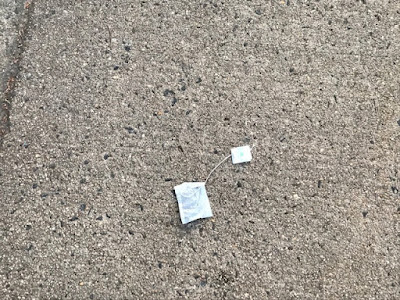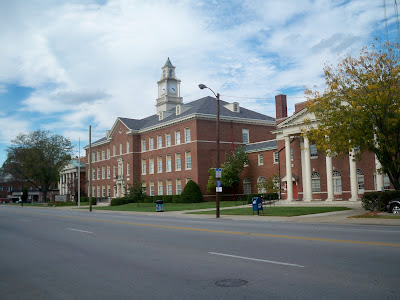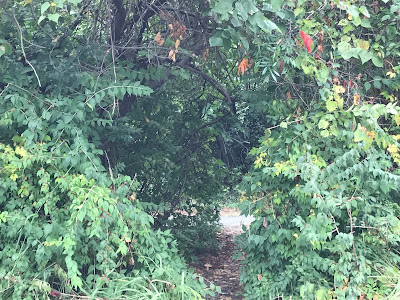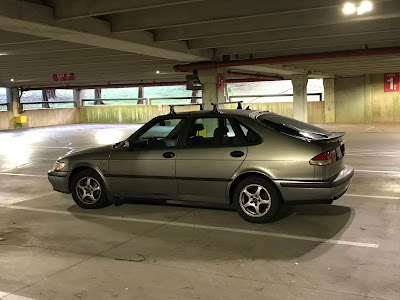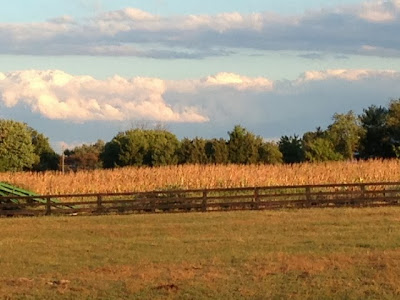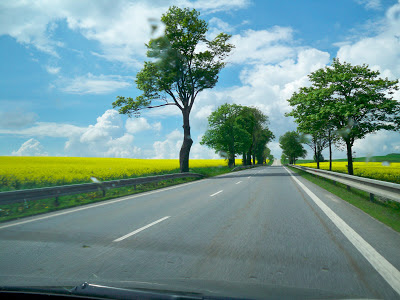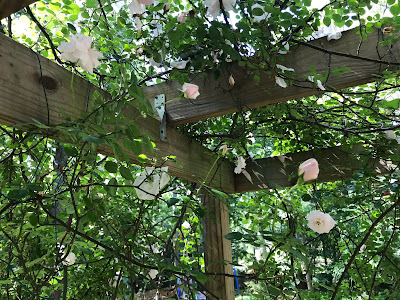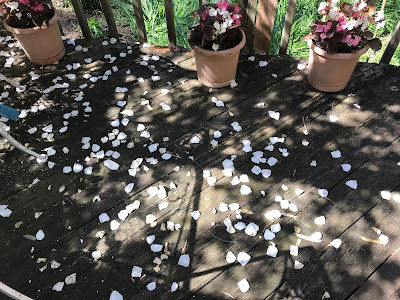Maybe it’s something you learn as an editor, that if you’re going to take the thoughts and feelings of someone who took the time to write them down on a page, and cover these words with red ink, you’d better do it politely. But I think it’s more fundamental, a lesson we learn as children, to treat others kindly and with compassion, as we would like to be treated. You can argue diametrically opposed opinions, but if you do it with kindness and tact, you’ll get much further.
I’m hardly the first person to note that civility has disappeared from public discourse. But let me add my voice to the chorus of those bemoaning its absence. Yes, we may hail from different sides of the political aisle, may not see eye-to-eye on much of anything. But can we at least address each other respectfully?
“Courtesies of a small and trivial character are the ones which strike deepest in the grateful and appreciating heart,” said Kentucky statesman Henry Clay in another century. I’m hoping we make civility a 21st-century value, too.
(Speaking of Henry Clay, this is the old Henry Clay High School in Lexington, Kentucky, my alma mater.)
